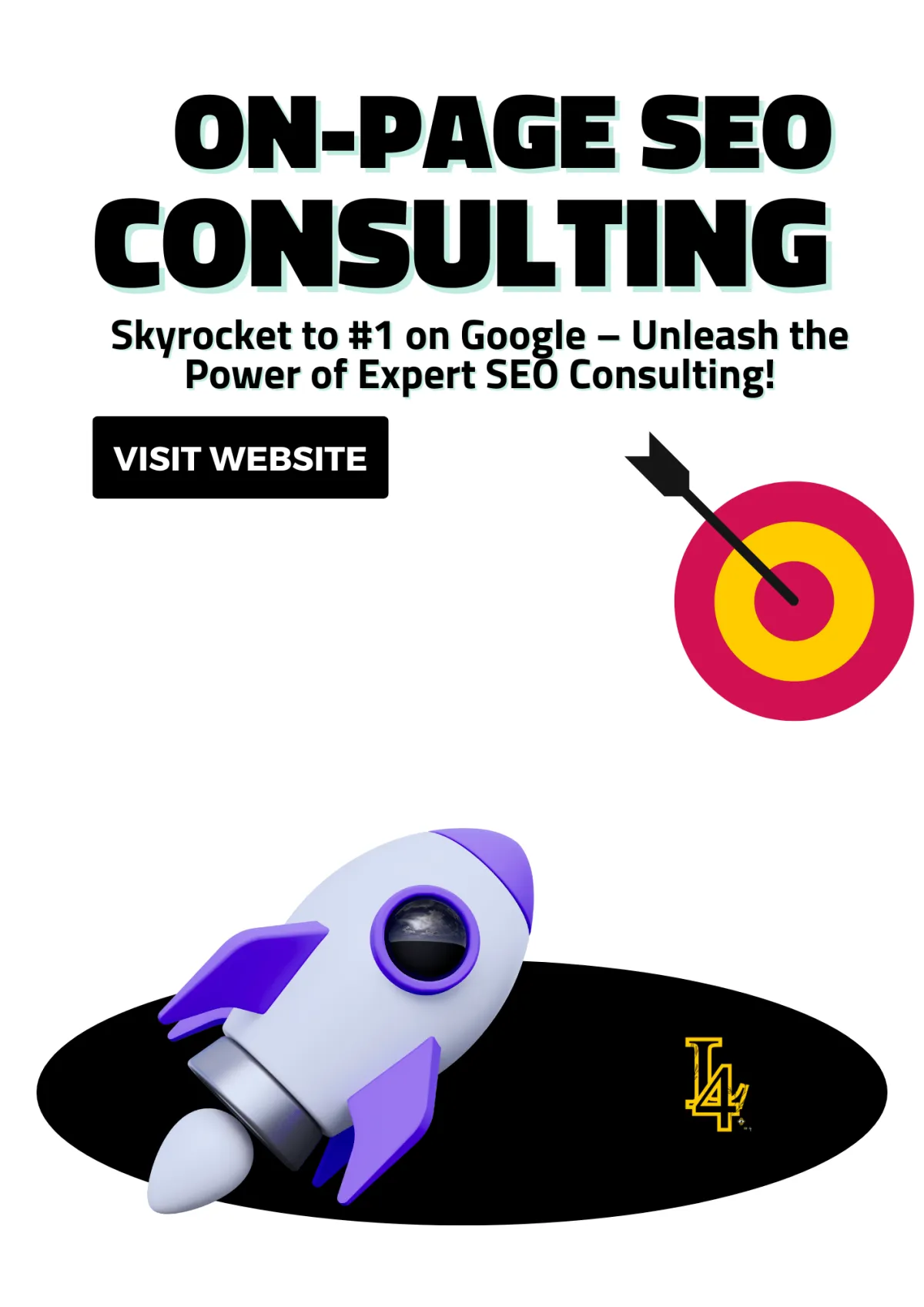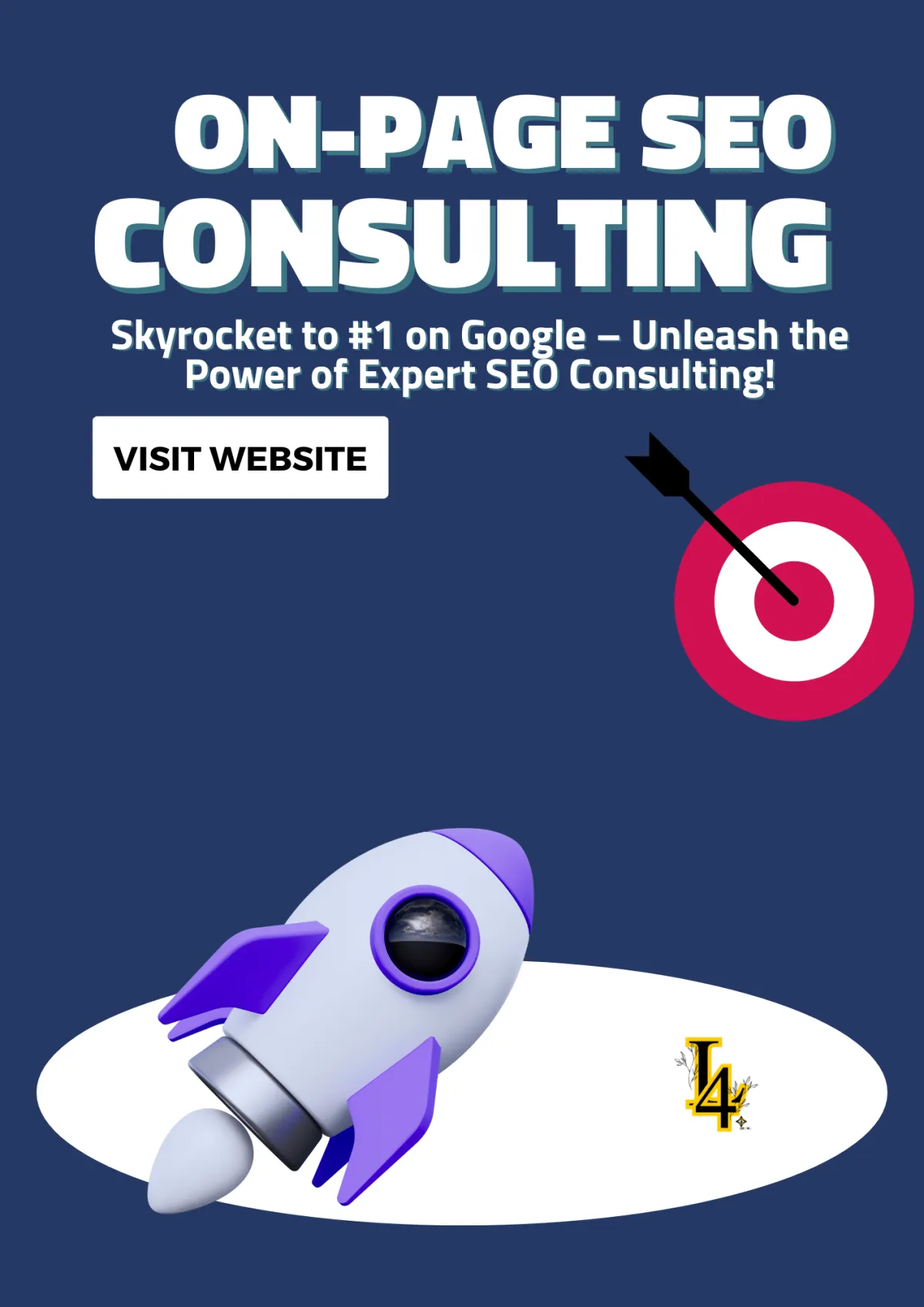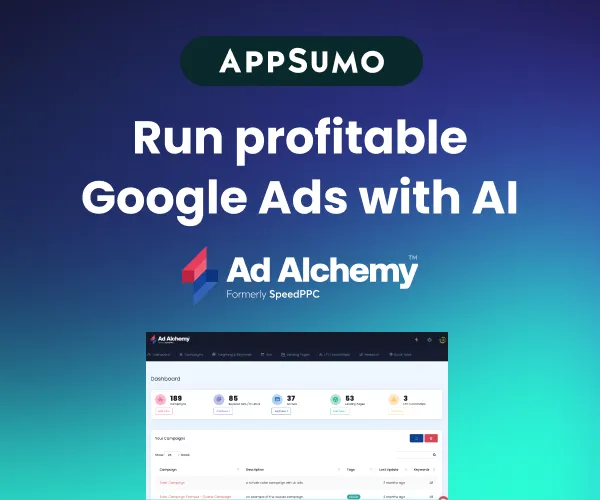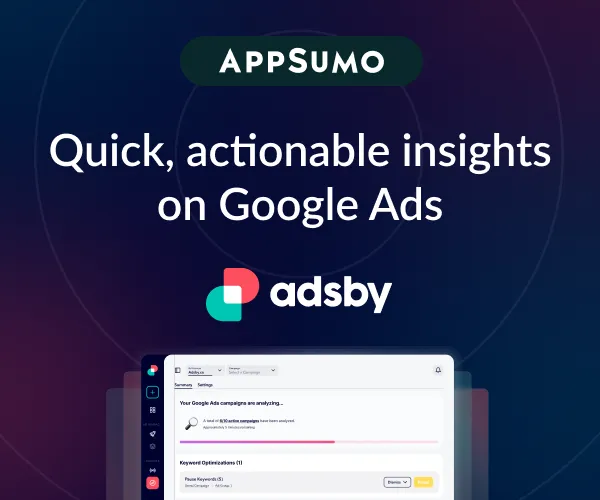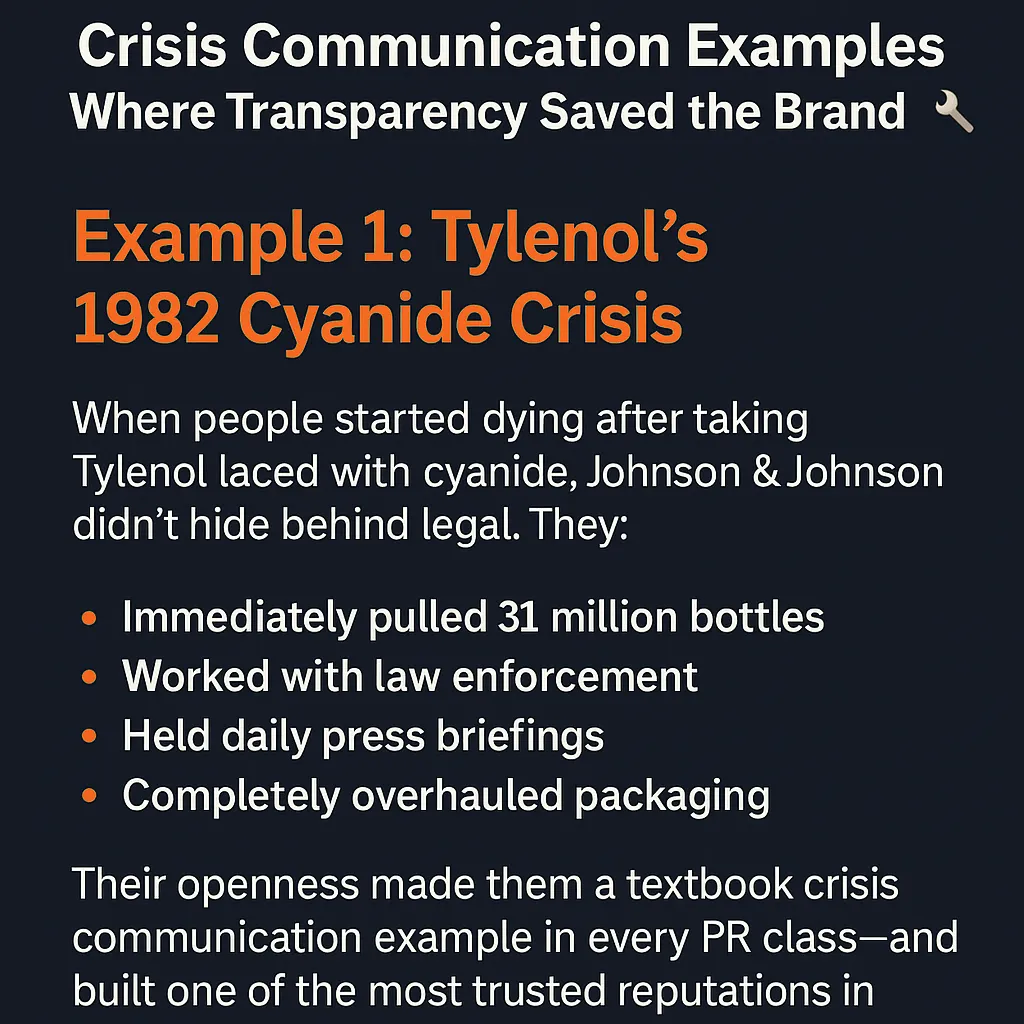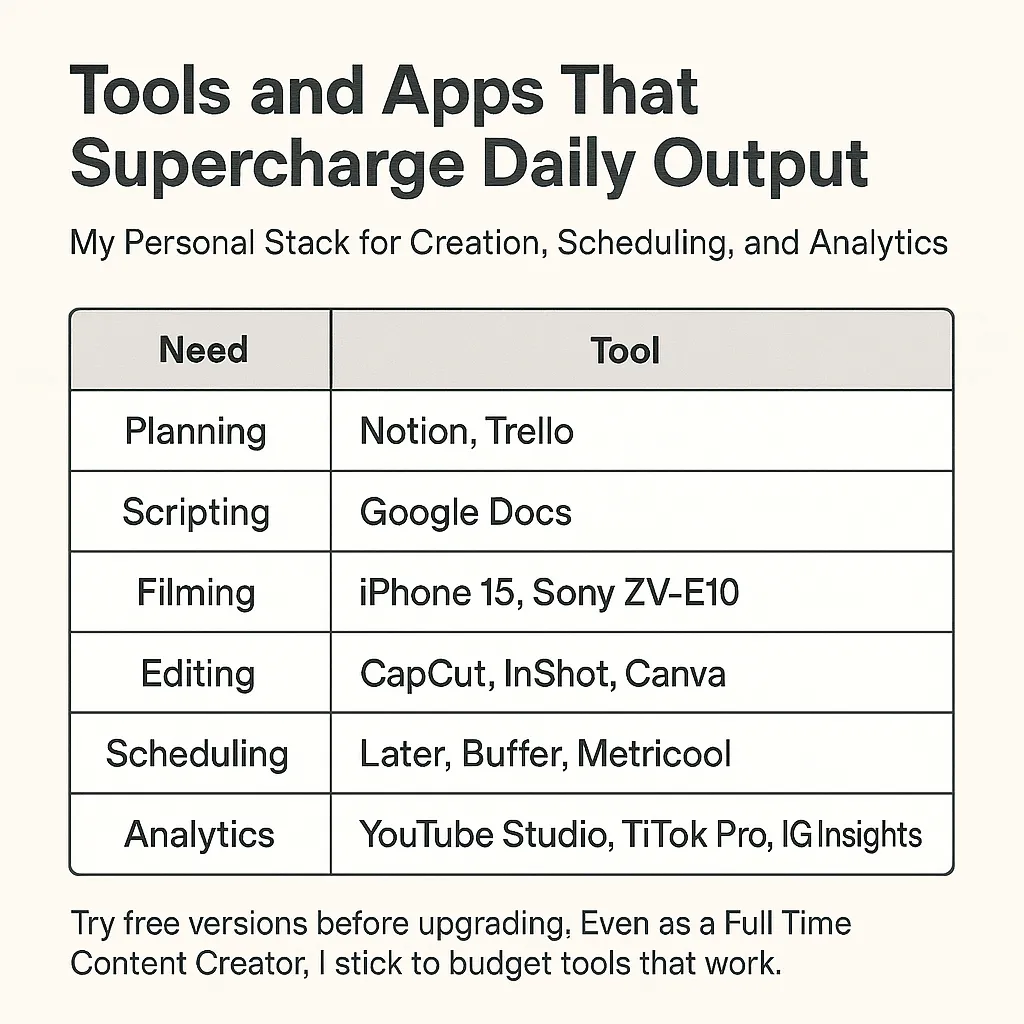
Content Creation Checklist Develop a Winning Strategy
Content creation can be overwhelming, but having a solid content strategy in place transforms chaos into a well-oiled machine. For small businesses, crafting a strategy that aligns with your goals and resonates with your audience is essential for driving growth and engagement. This guide walks you through how to develop a winning content strategy, incorporating a content creation checklist to streamline your process and maximize results.

Why Your Small Business Needs a Content Strategy
A content strategy is more than just a plan—it’s a roadmap that ensures your efforts are purposeful and effective. Without it, you risk wasting time and resources on content that doesn’t resonate or deliver results.
Here’s why a content strategy matters for small businesses:
Consistency Builds Trust: Regular, high-quality content keeps your audience engaged.
Boosts SEO: A focused strategy helps you rank higher on search engines.
Drives Engagement: Well-targeted content fosters meaningful connections with your audience.
Increases ROI: Strategic content aligns with your goals, ensuring maximum return on investment.
- Custom HTML/CSS/JAVASCRIPT
Step 1: Define Your Goals
Start by determining what you want to achieve with your content. Your goals will shape the rest of your strategy.
Common goals for small business content include:

Increasing Website Traffic: Use SEO-optimized blog posts to attract visitors.
Generating Leads: Create gated content like eBooks or webinars to collect contact information.
Building Brand Awareness: Post regularly on social media to increase visibility.
Driving Sales: Develop product-focused content to encourage purchases.
💡 Pro Tip: Make your goals SMART—Specific, Measurable, Achievable, Relevant, and Time-bound.
Step 2: Understand Your Audience
You can’t create effective content without knowing who you’re talking to. Start by developing a detailed buyer persona, which is a profile of your ideal customer.
Your buyer persona should include:
Demographics: Age, location, job, income level.
Pain Points: Challenges or problems they need solved.
Interests and Behavior: What content formats do they prefer? Where do they hang out online?
🛠 Tool Tip: Use tools like Google Analytics and social media insights to gather audience data.

Step 3: Perform Keyword Research
Keyword research is crucial for small business content strategies. By identifying what your audience is searching for, you can create content that meets their needs and ranks on search engines.
Steps for effective keyword research:
Use Keyword Tools: Platforms like SEMrush, Ahrefs, and Google Keyword Planner are great for discovering relevant keywords.
Focus on Long-Tail Keywords: Phrases like “content creation checklist for small business” are more specific and easier to rank for.
Analyze Competitors: SpyFu and similar tools let you see which keywords your competitors are targeting.
💡 Pro Tip: Add your keywords naturally throughout your content, including headers, meta descriptions, and alt text.
Step 4: Choose Your Content Types
Once you know your goals and audience, decide on the best content formats to reach them. Different formats serve different purposes:
Blog Posts: Ideal for in-depth information and SEO.
Social Media Posts: Great for building community and promoting content.
Videos: Perfect for tutorials, testimonials, or storytelling.
Infographics: Simplify complex ideas with engaging visuals.
Email Newsletters: Keep your audience updated with personalized content.

Step 5: Develop a Content Creation Checklist
A content creation checklist ensures every piece of content you create is consistent, optimized, and engaging. Here’s an example of what to include:
Define Your Goal: What do you want the content to achieve?
Identify Keywords: Use researched keywords to guide your writing.
Craft a Compelling Title: Make it catchy and keyword-rich.
Write and Edit: Ensure the content is clear, error-free, and engaging.
Add Visuals: Include images, videos, or infographics to enhance readability.
Optimize for SEO: Add meta descriptions, alt text, and internal links.
Publish and Promote: Share your content across relevant platforms.
Step 6: Create a Content Calendar
A content calendar is essential for consistency. It outlines what you’ll post, when, and where.
How to set up a content calendar:
Plan for Key Dates: Include holidays, product launches, or industry events.
Schedule Regular Posts: Post frequently enough to stay top-of-mind without overwhelming your audience.
Use Tools: Platforms like Trello, Asana, or Google Calendar help you stay organized.
💡 Pro Tip: Review your calendar monthly to adjust for trends or performance insights.
Step 7: Write, Edit, and Publish
When it’s time to create content, stick to the basics:
Write for Your Audience: Use a tone that resonates with your target audience.
Keep it Visual: Break up text with images, headings, and bullet points.
Proofread: Ensure content is free from errors and optimized for SEO.
🛠 Tool Tip: Grammarly and Hemingway Editor are great for polishing your writing.
Step 8: Promote Your Content
Publishing is just the first step. To ensure your content reaches your audience, promote it across multiple platforms:
Social Media: Share your content on platforms where your audience is active.
Email Marketing: Send newsletters to your subscribers.
Collaborations: Partner with influencers or other businesses to amplify reach.
Step 9: Measure Performance
Tracking your content’s success is critical for refining your strategy. Use tools like Google Analytics to monitor:
Website traffic.
Engagement metrics (likes, shares, comments).
Conversion rates.
💡 Pro Tip: Identify which content performs best and replicate its success in future campaigns.
The Ultimate Content Creation Checklist for Small Businesses
Creating high-quality, engaging content is a cornerstone of any successful small business marketing strategy. But with so many moving parts to juggle—brainstorming ideas, optimizing for SEO, crafting engaging copy—it’s easy to feel overwhelmed. That’s where a well-structured checklist comes in handy.
This content creation checklist will help you stay organized and ensure that every piece of content you create is optimized for maximum impact. Whether you’re writing a blog post, designing social media content, or producing a video, this guide will keep you on track.
1. Define Your Goals and Audience
Before diving into content creation, clarify your objectives and understand who you’re creating content for.
Identify Your Goals: Are you aiming to drive traffic, generate leads, or increase brand awareness?
Know Your Audience: Develop a buyer persona that outlines your target audience’s demographics, pain points, and preferences.
🛠 Tool Tip: Use surveys, social media polls, and Google Analytics to gain insights into your audience.
2. Conduct Keyword Research
Optimizing your content for search engines starts with finding the right keywords.
Find Relevant Keywords: Use tools like SEMrush, Ahrefs, or Google Keyword Planner to identify keywords related to your business.
Focus on Long-Tail Keywords: Target specific phrases like “content creation checklist for small business” to attract niche audiences.
💡 Pro Tip: Spy on your competitors’ content strategies using tools like SpyFu.
3. Brainstorm Content Ideas
Generate ideas that align with your audience’s needs and interests.
Use Content Pillars: Base your ideas around key themes that relate to your business.
Analyze Competitors: Check what’s performing well for similar businesses and improve upon their content.
Stay Current: Use tools like Google Trends to identify trending topics.
4. Choose the Right Content Format
Decide on the type of content that will best deliver your message and engage your audience.
Blog Posts: Great for sharing in-depth information and tips.
Videos: Perfect for product demonstrations or storytelling.
Infographics: Ideal for breaking down complex data into visual formats.
Social Media Posts: Excellent for quick, engaging updates or promotions.
5. Create a Content Calendar
Consistency is key to content marketing success. Plan your content in advance with a content calendar.
Schedule Content: Plan posts around important dates, holidays, or product launches.
Balance Frequency and Quality: Post regularly but prioritize quality over quantity.
🛠 Tool Tip: Platforms like Trello, Asana, or Hootsuite can help you manage your calendar efficiently.

6. Write and Design Your Content
Now it’s time to create your content!
Engage Your Audience: Write in a tone that resonates with your target audience.
Keep It Visual: Use high-quality images, videos, and graphics to enhance your message.
SEO Best Practices: Include keywords in headings, meta descriptions, and throughout your content naturally.
7. Edit and Proofread
Polished content builds trust and credibility.
Check for Errors: Proofread for grammar, spelling, and formatting issues.
Optimize for Readability: Use short paragraphs, bullet points, and subheadings to make your content easy to scan.
🛠 Tool Tip: Grammarly and Hemingway Editor can help you catch errors and improve readability.
8. Publish and Promote
Once your content is ready, share it across platforms to maximize its reach.
Post on Your Website: Ensure your blog or webpage is optimized for SEO and mobile-friendly.
Share on Social Media: Tailor posts for each platform (e.g., Instagram, LinkedIn, or Twitter).
Email Marketing: Notify your subscribers about new content through newsletters.
9. Monitor Performance
Track your content’s performance to refine future strategies.
Analyze Metrics: Use Google Analytics to measure traffic, engagement, and conversions.
Gather Feedback: Ask for audience input through comments or social media polls.
Iterate and Improve: Use data insights to adjust your strategy and create even better content.
10. Repurpose Your Content
Get more mileage out of your content by repurposing it into different formats.
Turn a Blog Post into a Video: Share key insights visually on YouTube or Instagram.
Create Social Media Snippets: Highlight important quotes or tips from your content.
Compile a Guide: Combine related articles into a downloadable eBook.

How Hiring an SEO Consulting Agency Can Enhance Your Content Creation is the best Cheat Code
Hiring an SEO consulting agency can take your content creation checklist to the next level by providing expertise, tools, and strategies that boost visibility and drive results. Let’s explore how partnering with an SEO agency can transform your content strategy.
1. Expert Keyword Research and Analysis
An SEO consulting agency specializes in identifying high-value keywords that align with your business goals and audience. They’ll use advanced tools like SEMrush, Ahrefs, and SpyFu to discover:
Relevant Keywords: Keywords that drive organic traffic to your site.
Long-Tail Opportunities: Phrases with lower competition but high conversion potential, such as "content creation checklist for small business."
Competitor Insights: What keywords your competitors are ranking for and how to outperform them.
Why It Matters: Targeting the right keywords ensures your content resonates with your audience and ranks higher in search results.
2. Optimized Content Planning
SEO agencies excel in content planning, helping you develop topics and formats that align with user intent and search trends. With their expertise, you’ll:
Create a content calendar that integrates SEO best practices.
Focus on high-performing content types like blog posts, infographics, and videos.
Plan content around trending topics or seasonal search behavior.
Why It Matters: A data-driven content plan ensures consistency and maximizes the impact of your content creation checklist.
3. On-Page SEO Optimization
SEO consulting agencies ensure that every piece of content you create is fully optimized for search engines. This includes:
Structuring content with keyword-rich headings and subheadings.
Adding optimized meta titles, descriptions, and alt text for images.
Ensuring proper internal and external linking to improve site authority.
Why It Matters: On-page SEO optimization increases your content’s visibility, driving more organic traffic to your site.
4. Enhanced Content Quality and Relevance
SEO agencies provide insights into what your audience is searching for, ensuring your content addresses their questions and pain points. They’ll help you:
Align content topics with search intent.
Produce engaging, high-quality content that keeps readers on your site longer.
Balance creativity with SEO to create content that’s both informative and entertaining.
Why It Matters: High-quality content builds trust and keeps your audience coming back, which improves user engagement metrics and boosts rankings.
5. Performance Tracking and Analytics
An SEO consulting agency doesn’t just help you create content—they measure its success and refine your strategy based on data. With advanced analytics tools, they’ll track:
Website traffic and user engagement.
Keyword performance and ranking improvements.
Conversion rates from your content efforts.
Why It Matters: Performance tracking allows for continuous improvement, ensuring your content creation checklist evolves with your business needs.
Why Partnering with an SEO Consulting Agency is Worth It
Crafting content that ranks well and resonates with your audience is both an art and a science. An SEO consulting agency bridges the gap by providing the expertise and tools needed to create content that drives measurable results. By integrating their insights into your content creation checklist, you’ll:
Save time and resources.
Achieve higher search engine rankings.
Drive more traffic and leads to your business.
Ready to take your content creation to the next level? Hiring an SEO consulting agency could be the game-changer your business needs to grow and succeed!

Conclusion
Content creation doesn’t have to be overwhelming. By following this content creation checklist, you can ensure that your content is well-planned, engaging, and optimized to deliver real results for your small business. Start creating content that resonates with your audience, drives traffic, and helps your business grow!
Ready to take your content creation game to the next level? Dive into our guide on How to Repurpose Content to Maximize Your Small Business Reach. It’s packed with actionable tips to amplify your content’s impact!


